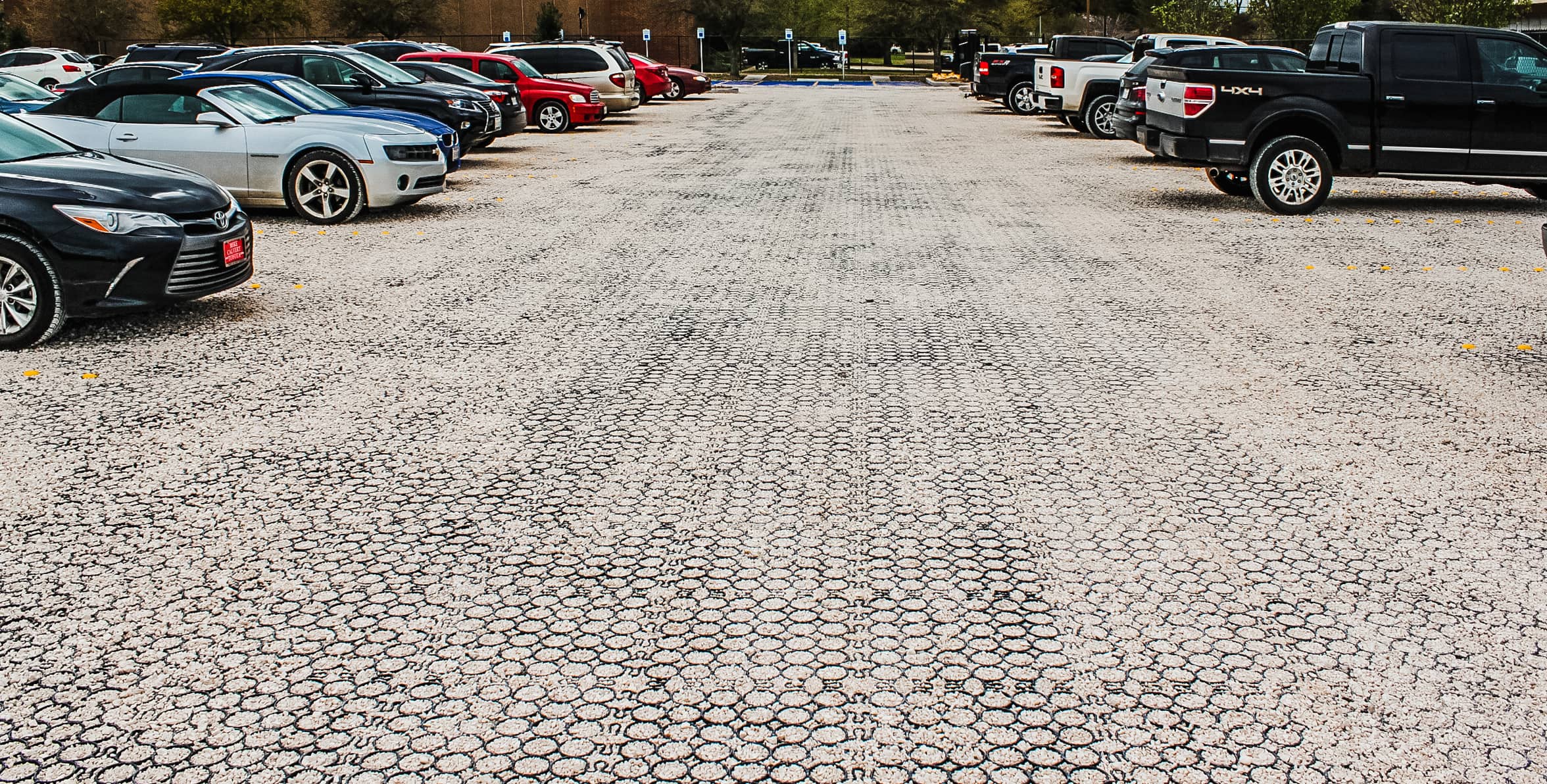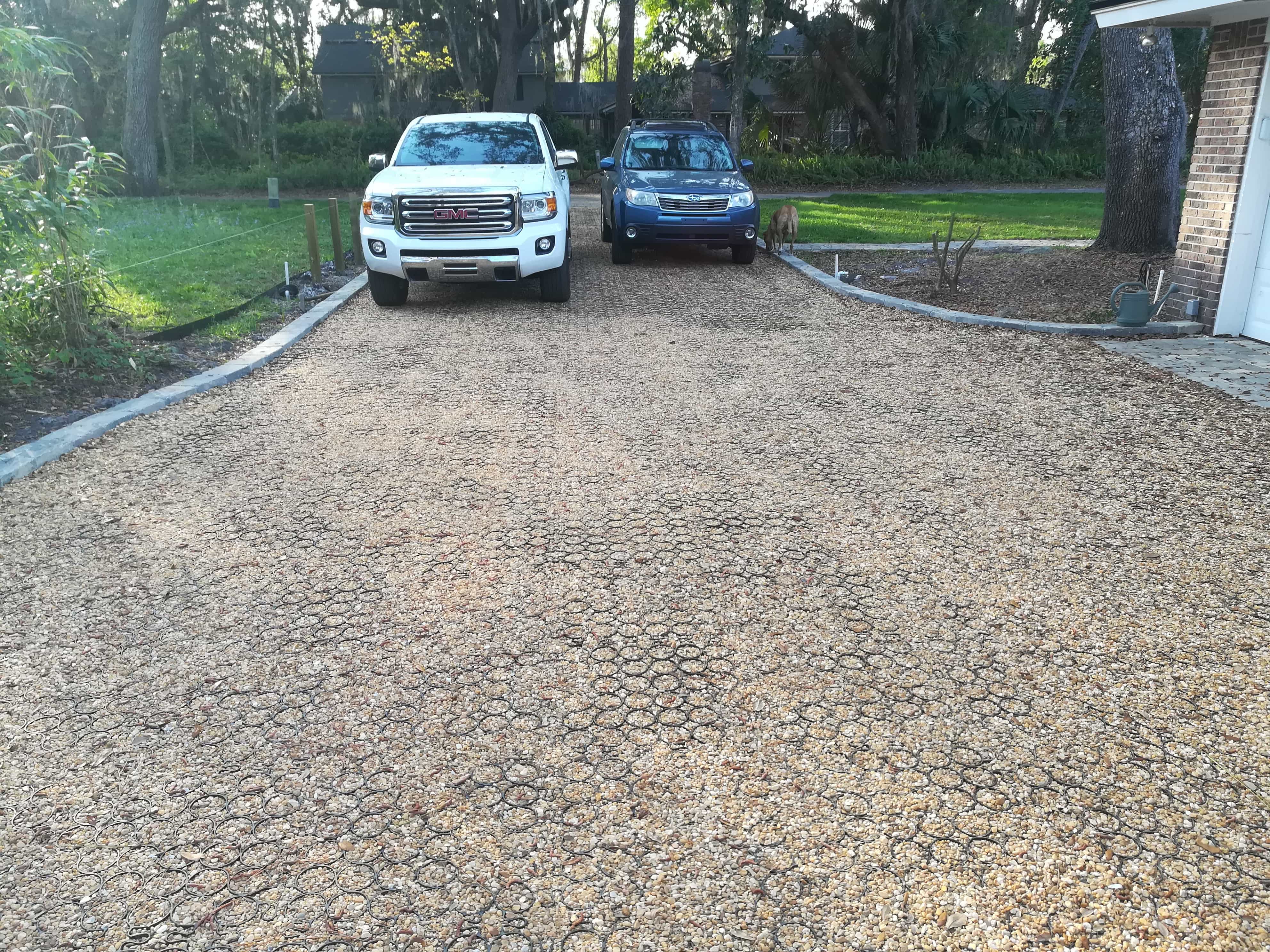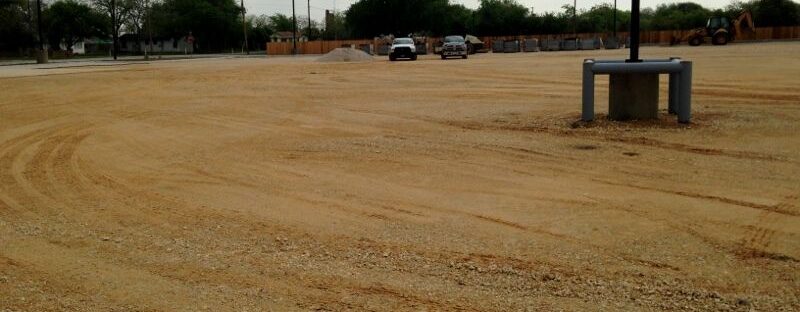
Sustainable landscape design focuses on aligning outdoor environments with ecological principles that protect resources and enhance system resilience over time. Every design decision has an impact. From plant selection to soil preparation, each choice affects water use, erosion control, and biodiversity. Sustainable landscape design ideas create attractive green spaces while reducing maintenance demands, improving habitat health, and supporting ecological durability.
Native and Climate-Adapted Plants Reduce Water and Maintenance Needs
Choosing native plants is one of the most effective ways to reduce water use and maintenance needs in sustainable landscapes.
Why Native Plants Outperform Imported Ornamentals
The foundation of any ecologically responsible landscape is the use of native and climate-adapted plants. These species have evolved to thrive in the regional conditions where they’re planted, which means they require less irrigation, resist pests without chemical intervention, and grow well in the local soil without constant fertilization.
Unlike ornamentals that often struggle outside their native zones, these plants naturally reinforce the area’s ecosystem. Designing with native vegetation contributes to slope stability and reduces erosion without added infrastructure. These plant-first strategies form the backbone of many sustainable landscape design ideas used in low-water and high-erosion zones.
How to Select Regionally Appropriate Native Plants
Native species with deep root systems, habitat value, and drought tolerance are best suited for sustainable landscape performance. Landscape architects often reference EPA planting zone maps or regional extension databases to match species traits to site conditions with greater predictability.
Water Management Strategies That Support Soil and Storm Resilience
Reducing runoff and improving infiltration are core goals of sustainable landscape systems. These water-smart approaches minimize erosion while recharging groundwater.
Rain Gardens and Bioswales for Passive Infiltration
Rain gardens are shallow, planted basins designed to slow and capture runoff. Bioswales are similar in function but often scaled up for higher-volume areas like roadsides or long driveways.
Both systems are filled with deep-rooted plants and engineered soils that promote absorption. These structures filter pollutants and reduce surface flow, supporting healthier watersheds.
Drip Irrigation and Smart Watering Technologies
Drip systems deliver water directly to plant roots, avoiding overspray and reducing evaporation. They can be paired with soil moisture sensors or timers to further optimize efficiency.
This setup can reduce water use by 30% or more. When paired with mulch and compost, irrigation systems support long-term soil moisture without overwatering.
Soil Health as the Base Layer of Ecological Performance
Healthy soil regulates water flow, stores carbon, and fosters microbial activity that improves plant nutrient uptake and resilience. Where possible, designers prioritize compost-amended soils and reduce mechanical tilling to avoid compaction.
Assessing and amending soil with compost or minerals promotes stronger root zones and helps retain moisture through dry periods. It also reduces the need for chemical inputs over time. Healthy soil is a foundational element in most sustainable landscape design ideas, providing long-term moisture retention and biological strength.
Permeable Surfaces Reduce Runoff and Support Groundwater Recharge

Hardscape decisions often carry the most weight in terms of drainage and stormwater impact. Impervious materials like concrete and asphalt divert water into storm systems, often carrying pollutants with it.
Permeable options—including gravel paths, spaced pavers, and interlocking open-grid systems—encourage water to soak into the ground. These systems also help prevent heat buildup around structures by increasing reflectivity and airflow.
Material Selection: Sustainability Through Smarter Inputs
The concept of sustainable landscape design ideas extends beyond planting and paving. Materials matter. Recycled content, locally sourced stone, and FSC-certified wood all lower the embodied energy of a project.
Solar lighting reduces energy use and eliminates trenching. Compost bins and rain barrels capture site-generated resources and support regenerative care cycles.
Wildlife and Biodiversity Strategies in Urban and Suburban Settings
Designers can attract wildlife by planting dense shrubs, layering vegetation, and selecting native species that provide shelter and seasonal food. Creating layers of vegetation—groundcover, shrubs, and trees—produces microhabitats that support a broader range of species and encourages biodiversity.
Layered plantings and native vegetation increase shade, reduce wind exposure, and stabilize habitat across residential zones.
Maintenance and Lifecycle Strategies for Long-Term Resilience
Low-maintenance designs reduce emissions from gas-powered tools and eliminate the need for synthetic treatments. That could mean choosing slow-growing grass alternatives, reducing turf areas entirely, or designing for hand-pruning instead of mechanical hedging.
When systems are designed with the right materials and ecological inputs from the beginning, property owners can maintain high visual appeal without constant chemical or energy investment. That kind of long-term self-sufficiency is central to successful sustainable landscape design ideas.
TRUEGRID Pavers for High-Performance Stormwater Control

At a certain point in the design process, it becomes important to evaluate how hardscaping systems interact with the environment. This is where performance-focused solutions play a role—particularly in areas where managing stormwater is critical.
Structural Drainage Without Surface Runoff
TRUEGRID permeable pavers fit directly into this model. Built from post-consumer recycled plastics, they deliver long-term strength and performance in a format that supports sustainable drainage. Their open-cell structure allows stormwater to drain vertically through the surface, bypassing traditional runoff pathways.
Installation Flexibility and Site Adaptability
TRUEGRID’s modular paver systems are made from recycled plastic grids that lock into place over a compacted gravel base layer. They’re engineered to support both vehicle and pedestrian loads while maintaining full surface permeability.
This flexibility makes them ideal for use in gravel walkways, turf parking areas, and driveways across a wide range of site conditions. Installed in compact cities or sprawling rural sites, these systems improve drainage and support lasting ecological performance.
Many municipalities now offer stormwater fee credits or development incentives, for using permeable paving systems. TRUEGRID installations may help meet local drainage code requirements while qualifying for rebate programs tied to green infrastructure upgrades.
Optimize Drainage and Performance with TRUEGRID Sustainable Paver Systems
TRUEGRID pavers provide a practical way to manage runoff, protect soil, and meet ecological design goals. Our systems work well in residential or commercial landscapes, supporting long-term functionality without compromising durability. Contact us today for more information.



